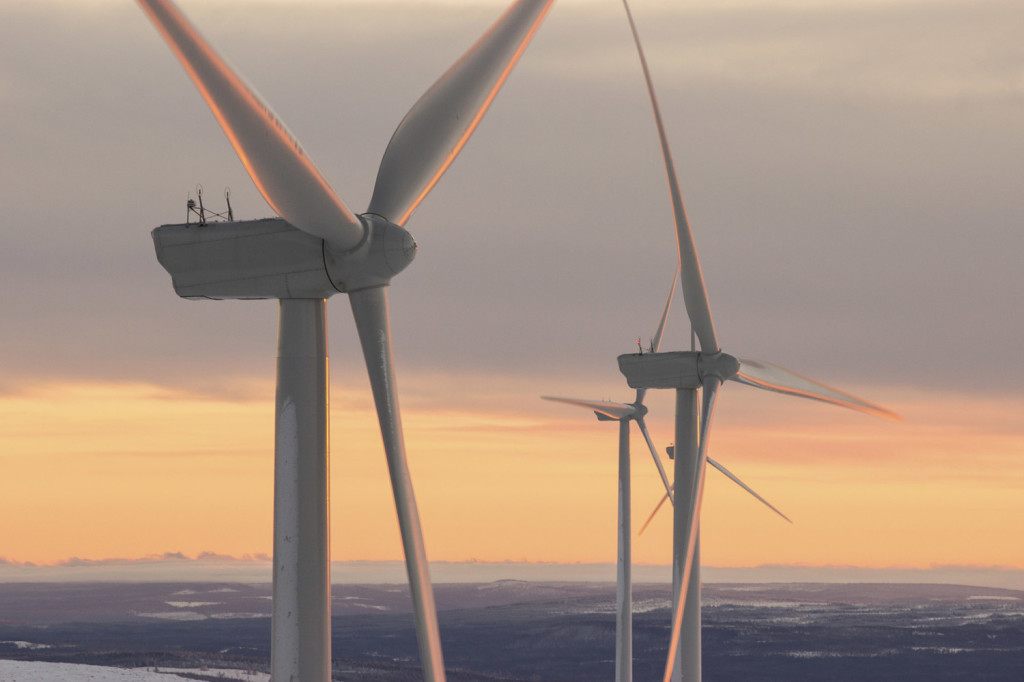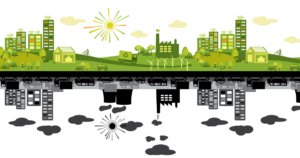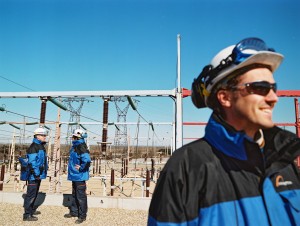A la veille de la COP 21 qui se tiendra en décembre prochain à Paris, les alternatives industrielles en faveur du climat suscitent un intérêt croissant. Alors que les décideurs politiques y détailleront leurs plans nationaux pour la période post-2020 ainsi que leurs engagements pour le soutien financier et technologique aux pays en développement, les Smartgrids dessinent une solution opérationnelle à ce challenge. Mais quel est au juste leur impact sur le climat ?
Le secteur de la production électrique a émis dans le monde en 2012 environ 11 900 Mt de CO2 eq[1]. Ce chiffre représente 25% des émissions planétaires de gaz à effet de serre causées par l’homme, soit environ 49 000 Mt de CO2 eq (2010). Au niveau français, ce sont 44 Mt de CO2 eq qui ont été émises pour la production électrique en 2011 et 1 257 Mt de CO2 eq au niveau européen (Europe des 28). Ces émissions sont essentiellement dues à la combustion du carburant fossile (charbon, pétrole, gaz, …) utilisé pour la production électrique, et dans une moindre mesure, à son extraction. Les Smartgrids pourraient contribuer à significativement réduire l’empreinte énergétique du secteur par trois grands leviers d’action :
La réduction des pertes
En améliorant la gestion des réseaux de distribution par la mise en place de systèmes de pilotage intelligent et de moyens de maintenance à distance, les Smartgrids pourraient permettre de réduire les pertes liées au transport et à la distribution de l’énergie. On estime que ces pertes, selon le niveau de performance des réseaux, représentent une part de l’ordre de 8% à 15% de la production électrique totale.
L’intégration des énergies renouvelables
Les énergies renouvelables sont par nature neutres en carbone. Leur accroissement conduirait mathématiquement à une baisse de la combustion d’énergies fossiles, et donc, à la suppression des émissions de CO2 associées. Cependant, la croissance des énergies renouvelables se heurte au problème de leur intermittence que seul les technologies Smartgrids peuvent résoudre. En France, la part de la production d’électricité d’origine renouvelable s’élève à 15%[2] du mix énergétique. A l’échelle mondiale, la moyenne est de 22,3%. Le dépassement de ces taux de pénétration passera nécessairement par des systèmes de pilotage intelligents permettant de neutraliser l’impact des aléas climatiques et des phénomènes de pics de consommation.
La réalisation d’économies d’énergie
Les Smartgrids permettent aux consommateurs finaux, professionnels et particuliers, de mieux comprendre leurs consommations et, par voie de conséquence, d’envisager plus facilement des économies d’énergie. Certaines technologies Smartgrids permettent également de mettre en oeuvre automatiquement des pratiques de rationalisation compliquées à mettre en place sans pilotage intelligent. C’est le cas des systèmes d’extinction automatisés pour les professionnels ou des thermostats intelligents pour les particuliers. La France a pris l’engagement de réduire ses consommations énergétiques de 20% d’ici à 2020. Les Smartgrids constituent un levier d’action majeur en réponse à ce défi.
ITEMS International pour Think Smartgrids
[1] Ministère du Développement Durable, Les chiffres clés du climat en France et dans le monde, 2015, lien








